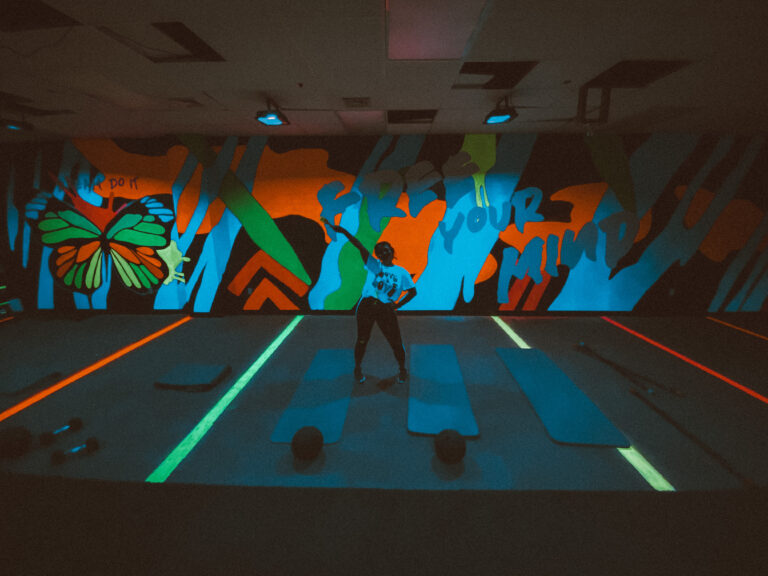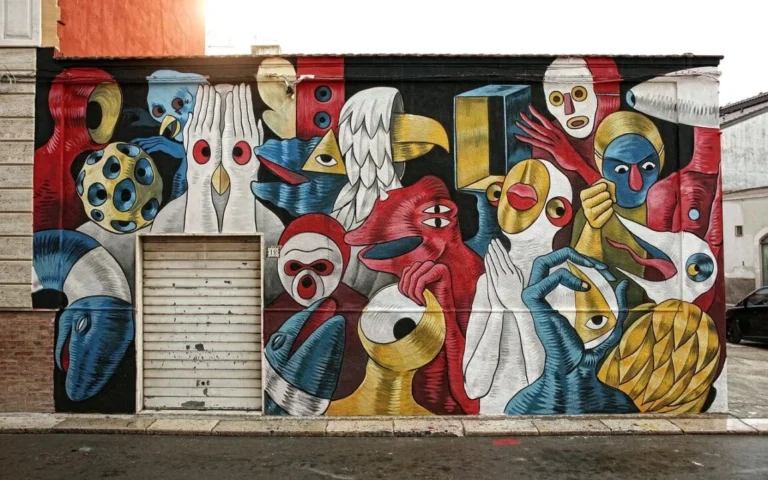Art has a remarkable way of breathing life into the concrete jungles of our cities. While galleries and museums are the traditional homes of masterpieces, the streets themselves have become canvases for artistic expression. In this article, we delve into the enchanting world of murals and the beauty they bring to urban spaces.
The Urban Renaissance:
Cities are constantly evolving, and so too is the art that adorns their streets. The urban renaissance, powered by the mural movement, has transformed the gray expanses of concrete into vibrant and dynamic galleries. Murals provide a sense of character and identity to neighborhoods and offer passersby an ever-changing landscape of creativity.
The Power of Color:
One of the most striking aspects of murals is their use of color. Whether it’s a burst of bright hues or a subtle blend of shades, color is a fundamental tool in the muralist’s arsenal. These colors evoke emotions, tell stories, and engage the viewer in a unique and immersive way. Murals have the power to uplift spirits and make urban spaces feel more inviting.
A Reflection of Culture:
Muralists often draw inspiration from the communities they work in. This close connection to the local culture allows murals to become authentic reflections of the people and their stories. From celebrating historical events to showcasing the diversity of a neighborhood, murals embody the essence of the places they adorn.
Art in Unexpected Places:
One of the beauties of muralism is its ability to pop up in unexpected corners of a city. Alleyways, abandoned buildings, and neglected spaces are all fair game for artists looking to breathe life into forgotten places. This not only beautifies the urban environment but also brings art to people who might not otherwise visit a traditional art gallery.
Engagement and Interaction:
Murals encourage engagement with art in a way that is often missing from traditional art settings. People can pause during their daily routines to admire the murals, take photos, and even discuss their interpretations with others. Murals become conversation starters, allowing art to become a part of everyday life.
Preserving Cultural Heritage:
In some instances, murals serve as vehicles for preserving cultural heritage. Artists may create murals that depict traditions, legends, or important figures from the past, ensuring that the stories are passed down to future generations.


